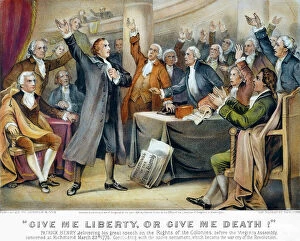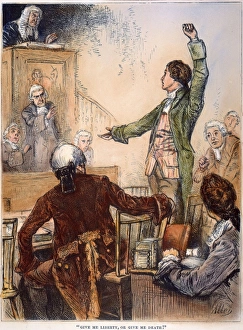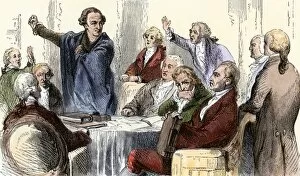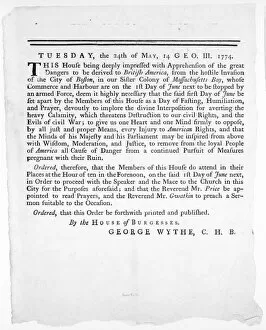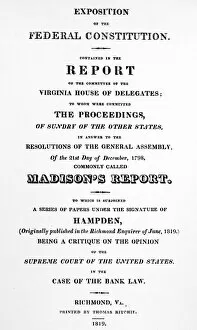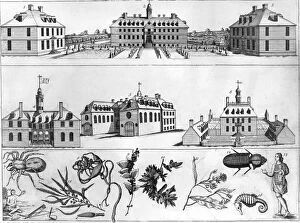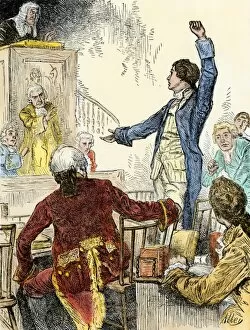House Of Burgesses Collection
"The House of Burgesses: A Crucial Platform for Revolutionary Ideas" The House of Burgesses, a pivotal institution in colonial America
All Professionally Made to Order for Quick Shipping
"The House of Burgesses: A Crucial Platform for Revolutionary Ideas" The House of Burgesses, a pivotal institution in colonial America, served as the breeding ground for revolutionary ideas that would shape the course of American history. Established in 1619, this legislative assembly brought together influential figures such as Patrick Henry and Thomas Jefferson to debate and advocate for the rights of the colonies. One defining moment occurred on March 23, 1775, when Patrick Henry delivered his impassioned speech on the Rights of the Colonies before the Virginia Assembly. His famous words "Give me liberty or give me death. " echoed through the halls of Richmond, leaving an indelible mark on those who listened. This lithograph by Currier & Ives captures Henry's fervor and conviction during this historic event. Among those captivated by Henry's oratory skills was Thomas Jefferson himself. In another lithograph depicting this scene, we see Jefferson listening intently to what some considered treasonous rhetoric against British rule. Little did they know that these very words would ignite a flame within Jefferson and inspire him to pen one of America's most cherished documents—the Declaration of Independence. they also had its physical symbols representing its authority and power. The silver mace used within its chambers from c1640-1770 is a testament to its significance. This intricate piece exemplifies both elegance and strength—a fitting representation for an institution dedicated to protecting colonial rights. Portraits like that of Sir Isaac Pennington further emphasize how individuals played crucial roles within this esteemed assembly. Wearing his hat worn specifically in the House of Burgesses during c1650-1660, Pennington symbolizes not only his personal involvement but also highlights how each member contributed their unique perspectives towards shaping colonial policies. The Assembly Room itself stands as a witness to countless debates and discussions held within its walls throughout history.

